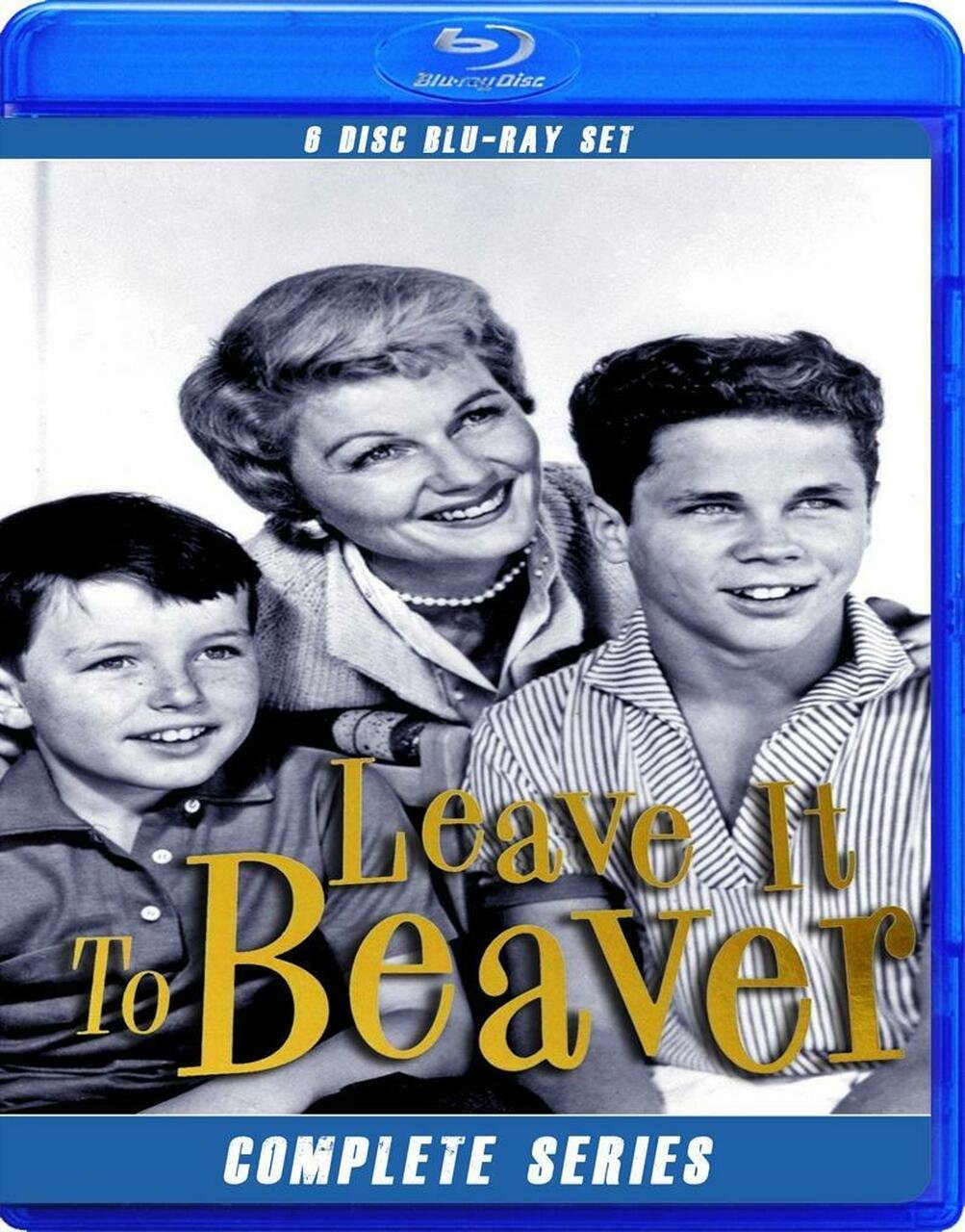Could a seemingly simple sitcom about suburban life truly capture the essence of American childhood and resonate with audiences for generations? The enduring popularity of Leave It to Beaver, a show that continues to charm viewers even decades after its initial run, suggests a resounding yes.
The black-and-white world of Theodore The Beaver Cleaver and his family, which first graced television screens in 1957, offered a comforting portrayal of the American dream. The show, created by the writers Joe Connelly and Bob Mosher, who were also known for their work on Amos 'n' Andy, quickly became a cultural touchstone, reflecting the values and aspirations of its time while also providing a timeless window into the complexities of growing up. From the everyday challenges of school and friendship to the gentle guidance of wise parents, Leave It to Beaver explored universal themes with a warmth and humor that continues to endear it to viewers of all ages. With 234 episodes, excluding the pilot, the series offers a treasure trove of memories for those who grew up with it and a charming introduction to a simpler time for newer audiences.
To further illustrate the impact and legacy of this television classic, consider the following information:
| Category | Details |
|---|---|
| Show Title | Leave It to Beaver |
| Original Run | October 4, 1957 – June 20, 1963 |
| Episodes | 234 (excluding the pilot) |
| Creators | Joe Connelly and Bob Mosher |
| Network(s) | CBS (Season 1), ABC (Seasons 2-6) |
| Genre | Situation Comedy (Sitcom) |
| Setting | Suburban America |
| Primary Focus | The everyday life and adventures of Theodore Beaver Cleaver and his family |
| Notable Themes | Family, friendship, growing up, values, moral lessons, navigating childhood challenges |
| Notable Episodes | Beaver Gets 'Spelled', Captain Jack, Beaver's House Guest, Beaver Becomes a Hero |
| Format | Black and White |
| Running Time (per episode) | Approximately 25 minutes |
| Peak Position | Did not break into the Top 25 |
| Reference Website | IMDB |
The series began on CBS with a season comprising 39 episodes before moving to ABC, where it solidified its place in television history. From the moment viewers met the Cleaver family, the series offered a glimpse into the quintessential American family dynamic, with its gentle humor and relatable characters. Leave It to Beaver wasn't just a show; it was a reflection of the era, capturing the spirit of a generation and offering an idealistic, albeit sometimes sanitized, view of suburban life.
The show's success lay in its ability to tap into the universal experiences of childhood. Each episode presented relatable scenarios, from the challenges of school and social interactions to the lessons learned from parental guidance. Stories like when Frankie Bennett tricks Beaver into thinking he can win a new bicycle by entering a contest, causing a hilarious commotion at the milk company, or the time when Beaver's friend, Chopper, a child of divorced parents, stays with the Cleavers, provided valuable perspectives on issues facing many children. The show’s writers masterfully used these situations to convey moral lessons about honesty, responsibility, and the importance of family and friendship.
The Cleaver household, consisting of the ever-optimistic Ward, the nurturing June, and the two sons, Wally and Theodore (Beaver), presented a stable and loving environment. Ward, the quintessential father figure, provided wisdom and guidance, while June, the devoted mother, offered comfort and understanding. Wally, the older brother, often served as a mentor, albeit sometimes with a mischievous streak. The supporting characters, such as Beaver's friends Eddie Haskell and Lumpy Rutherford, added layers of humor and conflict, contributing to the show's charm and appeal. The series’ ability to present a balanced view of childhood, highlighting both the positive and negative experiences that shape a child’s growth, has allowed it to remain relevant for decades.
The show's appeal also stemmed from its nostalgic quality. For those who grew up watching Leave It to Beaver, it offered a comforting reminder of a simpler time. The black-and-white format, the classic cars, the modest homes – all contributed to a sense of nostalgia and a yearning for a more innocent era. The show’s themes of family, friendship, and community resonated deeply with audiences, creating a sense of familiarity and belonging. The series fostered a feeling of connection and a shared experience that continues to unite generations of viewers.
The series' ability to consistently deliver quality content and its longevity proved that the show could endure through the years. Leave It to Beaver was more than just a television show; it became a cultural icon. Its influence can still be seen in the portrayal of family dynamics in modern media. The show’s values, its focus on family and friendship, and its heartwarming stories continue to provide lessons and enjoyment for audiences around the world. Leave It to Beaver provides a nostalgic trip and a timeless reminder of the enduring power of family, friendship, and the universal experience of growing up. The series’ continuing presence in syndication and its availability on various streaming platforms ensures that the adventures of Beaver Cleaver will continue to entertain and charm audiences for many years to come.


